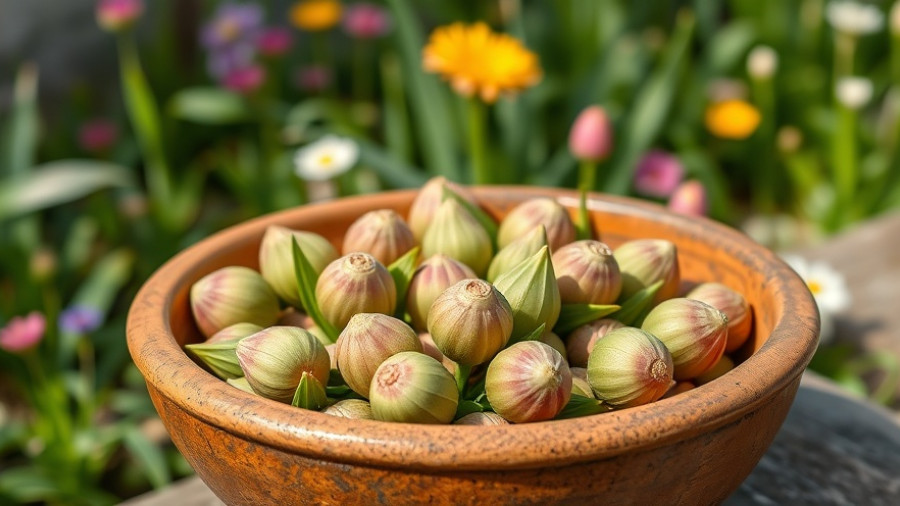
Why You Should Pour Washing Up Liquid Down Outdoor Drains This Autumn
As October marks the shift toward cooler and rainier days, ensuring that your outdoor drains function optimally becomes increasingly important. The changing weather can lead to clogged drains filled with leaves, mud, and debris, which can cause a range of problems, from unpleasant odors to potential flooding. To combat this issue, home experts are advocating for a simple yet effective solution: pouring washing up liquid down your drains.
The Science Behind Washing Up Liquid
Washing up liquid is famed for its ability to cut grease and grime while cleaning our dishes, but it also works wonders for your outdoor plumbing. According to Chris Houghton, a home expert at HomeServe, pouring washing up liquid followed by hot water can help break down buildup and restore drain function. “The washing-up liquid acts as a degreaser, helping to break down greasy deposits while the hot water washes the grime away effectively,” he explains. Regular maintenance involves treating your drains with washing up liquid every four to six weeks, depending on rainfall and debris accumulation.
How to Effectively Use Washing Up Liquid for Drain Maintenance
To maximize its effectiveness, follow this easy method: pour a generous amount of washing up liquid directly down the drain, then chase it with boiling water. The heat from the water melts solidified fats and oils, while the detergent helps emulsify the mess for easier removal. As a precaution, avoid pouring large amounts of fats or oils down your drain to minimize future clogs, emphasizing the importance of preventive measures in drain maintenance.
Preventing Future Blockages: Practical Tips
Once you have dealt with the current blockages, consider implementing some preventive strategies to keep your drains clear. Home maintenance expert Nancy Emery suggests avoiding greases and solid food particles by thoroughly wiping plates before washing and using strainers to capture debris. These small changes can lead to substantial improvements in drainage clarity.
When to Call a Professional
While washing up liquid can effectively tackle minor blockages, persistent issues may require more than DIY methods. If you find that your efforts aren’t yielding results, it might be time to reach out to a professional. Plumbers can use advanced techniques like drain rods or high-pressure hoses to clear more serious clogs safely and efficiently.
Join the Community Effort to Maintain Clean Drains
As young homeowners invested in your local community, taking part in maintaining your property not only benefits your home but also contributes to the overall health of your neighborhood’s plumbing system. As rainfall increases in the colder months, consider rallying your neighbors for a community drain maintenance day, sharing tips and strategies for collective home care. Not only does this foster community spirit, but it also ensures everyone benefits from clog-free drainage.
Conclusion: Embrace Sustainable Home Care
By adopting eco-friendly methods like using washing up liquid, you’re not only clearing your drains but embracing sustainable home care practices. It's a small action that can have significant effects on preventing flooding and keeping your plumbing system in check. With a proactive approach, you can ensure your home remains safe while fostering a cleaner environment around you. So grab your washing up liquid, and make drain maintenance an essential part of your autumn routine!
 Add Row
Add Row  Add
Add 




Write A Comment